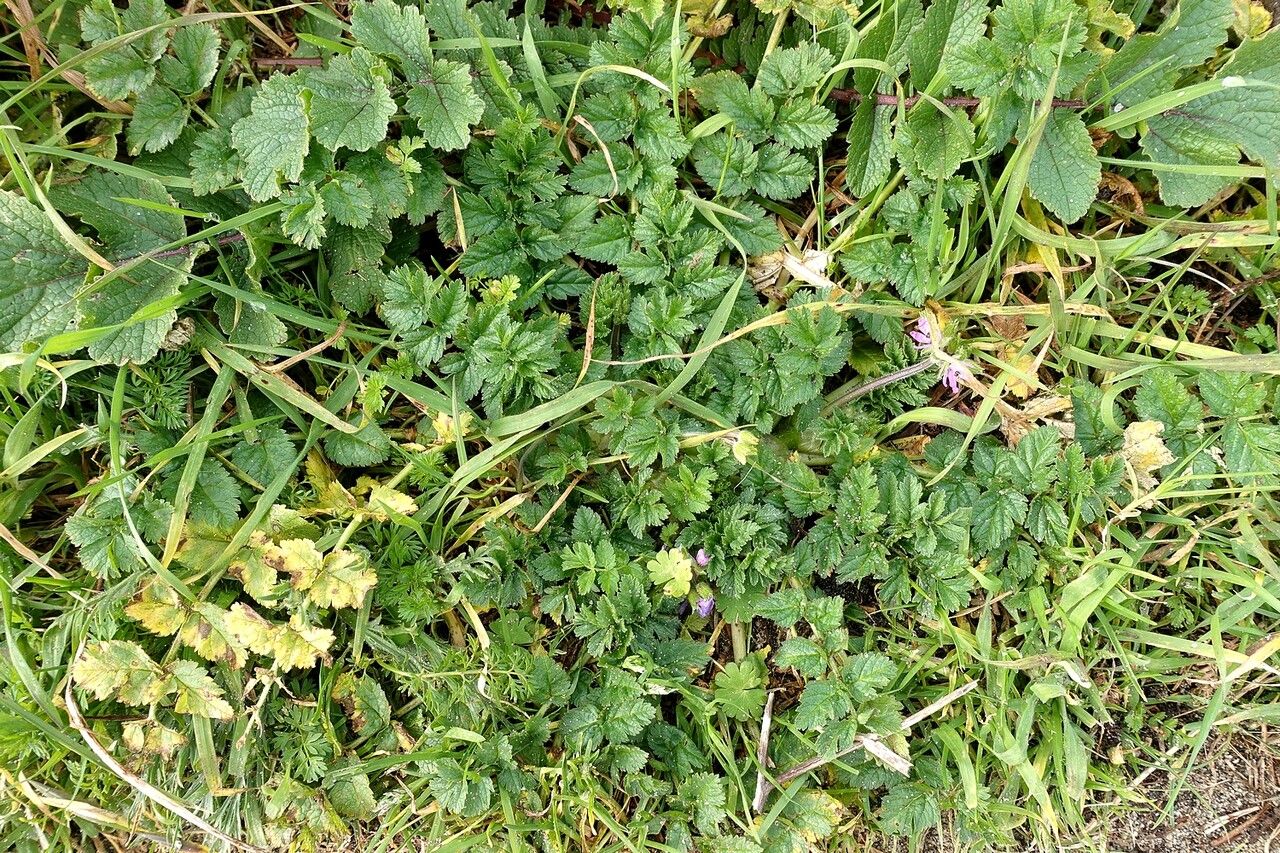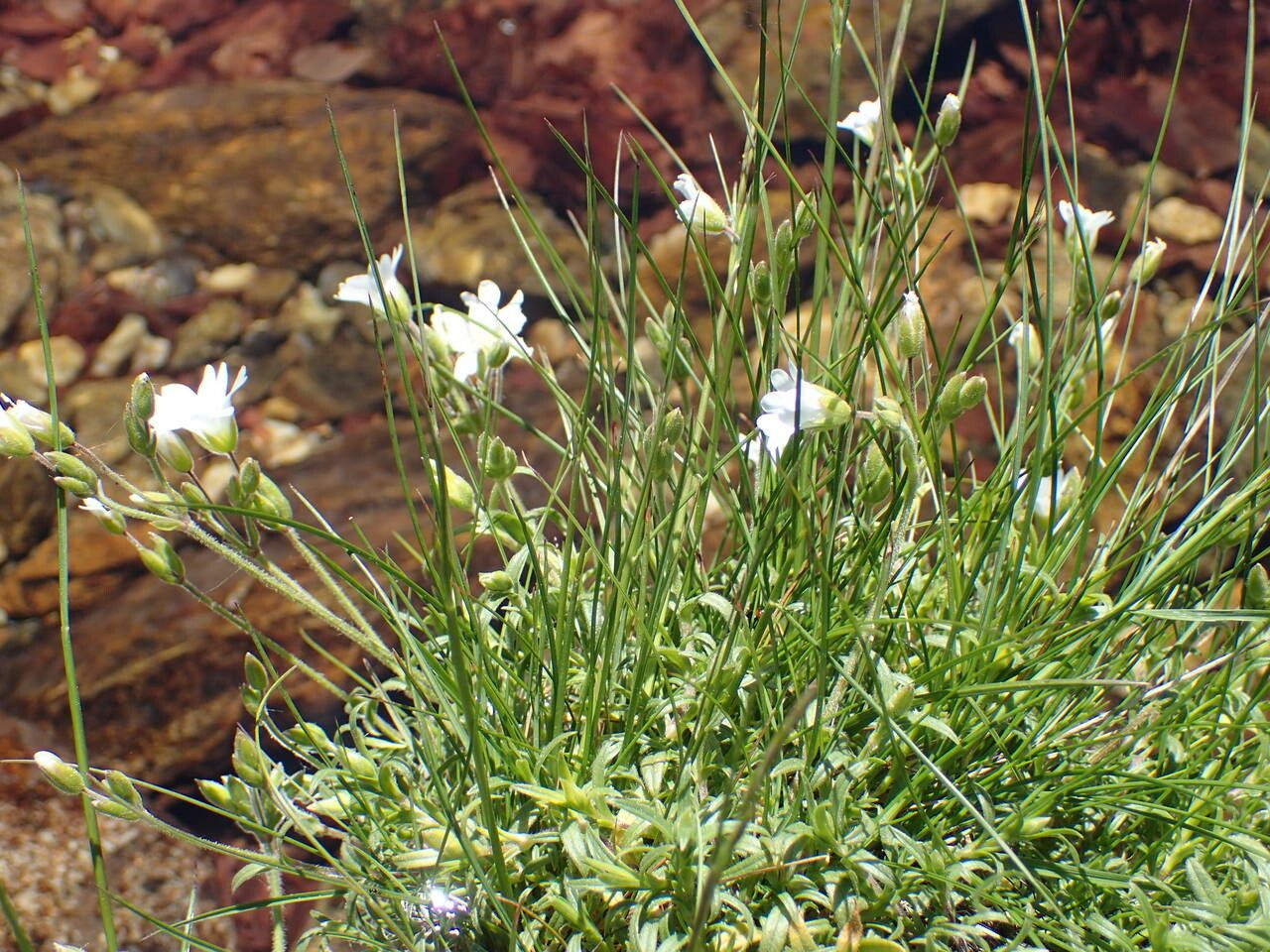## Wafer Ash: A Comprehensive Guide
Wafer Ash ( *Ptelea trifoliata*), a member of the Rutaceae family (related to citrus), is a captivating North American shrub renowned for its unique, aromatic qualities and understated elegance. This hardy plant, often overlooked, deserves a place in gardens for its resilience and distinctive features. Its common name derives from the distinctive wafer-like samaras (winged seeds) it produces.
### Identification and Characteristics
Wafer Ash typically grows as a multi-stemmed shrub, reaching heights between 6 and 20 feet, sometimes even developing into a small tree. Its leaves are trifoliate (three leaflets), resembling those of a citrus plant, and emit a distinctive, slightly pungent aroma when crushed. The leaves are opposite, ovate to lanceolate, and have serrated edges. In summer, small, greenish-white flowers appear in clusters, followed by the characteristic flat, circular samaras – the “wafers” – which mature to a light brown color and persist through winter, providing visual interest even after the leaves have dropped.
### Habitat and Growth
Wafer Ash thrives in a range of conditions, showcasing its adaptability. It prefers full sun to partial shade and tolerates a variety of soil types, though it performs best in well-drained soil. It’s drought-tolerant once established, making it a low-maintenance choice for both experienced and novice gardeners. It is native to eastern North America, growing in various habitats, from open woodlands to rocky slopes.
### Cultivation and Care
Propagating Wafer Ash is possible through seeds or cuttings. Seeds require a period of cold stratification to improve germination rates. Cuttings, taken in the spring or early summer, root relatively easily with the aid of rooting hormone. Once established, Wafer Ash requires minimal care. Regular watering during extended dry periods is beneficial, especially for young plants. Pruning is generally unnecessary unless shaping is desired.
### Uses and Applications
While not as widely known as some other medicinal plants, Wafer Ash has a history of traditional uses. Different parts of the plant were employed by various Native American tribes for a range of purposes. The bark and leaves possess aromatic compounds, and have been used for medicinal purposes historically, although it’s crucial to note that contemporary scientific evidence supporting these uses is limited. Always consult a healthcare professional before using any plant for medicinal purposes. Today, Wafer Ash is primarily appreciated as an ornamental plant, valued for its unique appearance, hardiness, and adaptability.
### Pests and Diseases
Wafer Ash is generally resistant to most common pests and diseases. However, occasional infestations of aphids or other sap-sucking insects might occur. These can usually be managed with insecticidal soap or a strong water spray.
### Conclusion
Wafer Ash is an underutilized gem in the world of horticulture. Its unique characteristics, low maintenance requirements, and historical significance make it a worthwhile addition to any garden. Whether seeking an attractive ornamental plant or a touch of native diversity, Wafer Ash offers a compelling option for gardeners of all levels.
Wafer Ash: A Complete Guide to Growing This Unique Plant

Frequently Asked Questions
How do I grow Wafer Ash from seed?
Wafer Ash seeds require cold stratification – a period of cold, moist storage – before planting. Sow seeds in the fall outdoors or stratify them artificially for 6-8 weeks in a refrigerator before spring sowing. Ensure well-drained soil and provide consistent moisture until germination.
What are the uses of Wafer Ash?
Historically, Wafer Ash had various traditional uses among Native American tribes, primarily related to medicinal applications. Today, it's primarily valued as an ornamental shrub, appreciated for its unique leaves, flowers, and seed pods. Its aromatic properties are also noteworthy.


